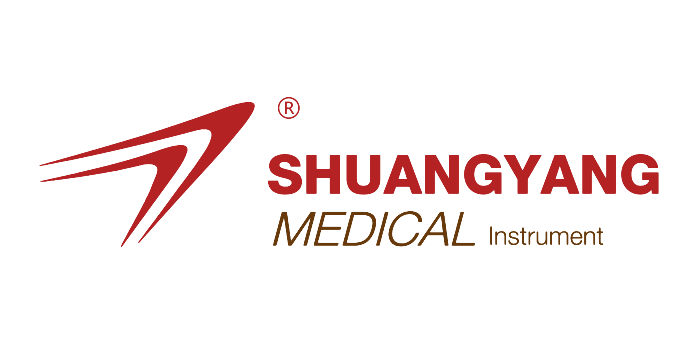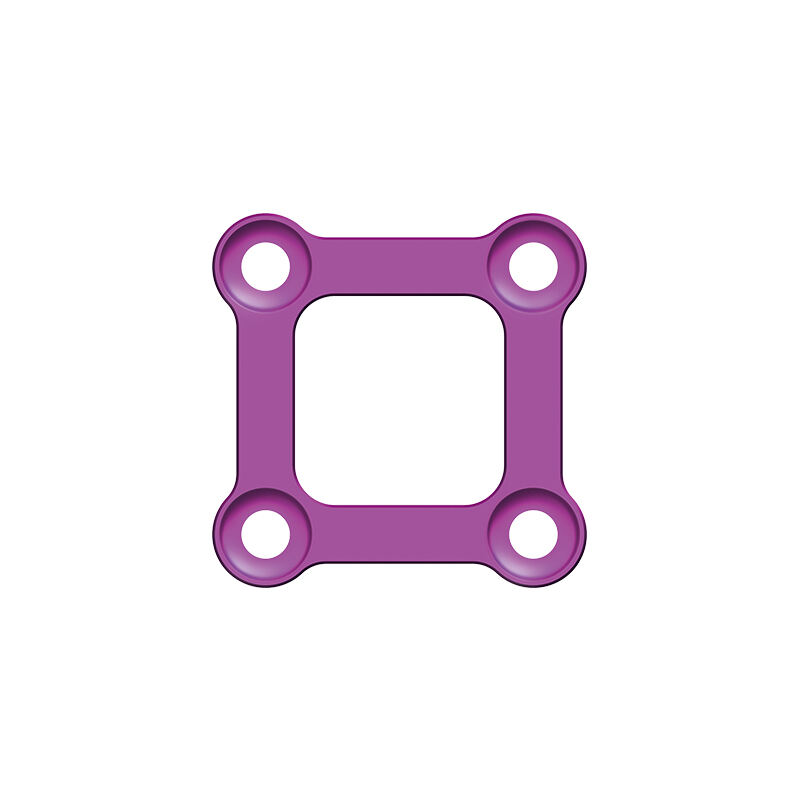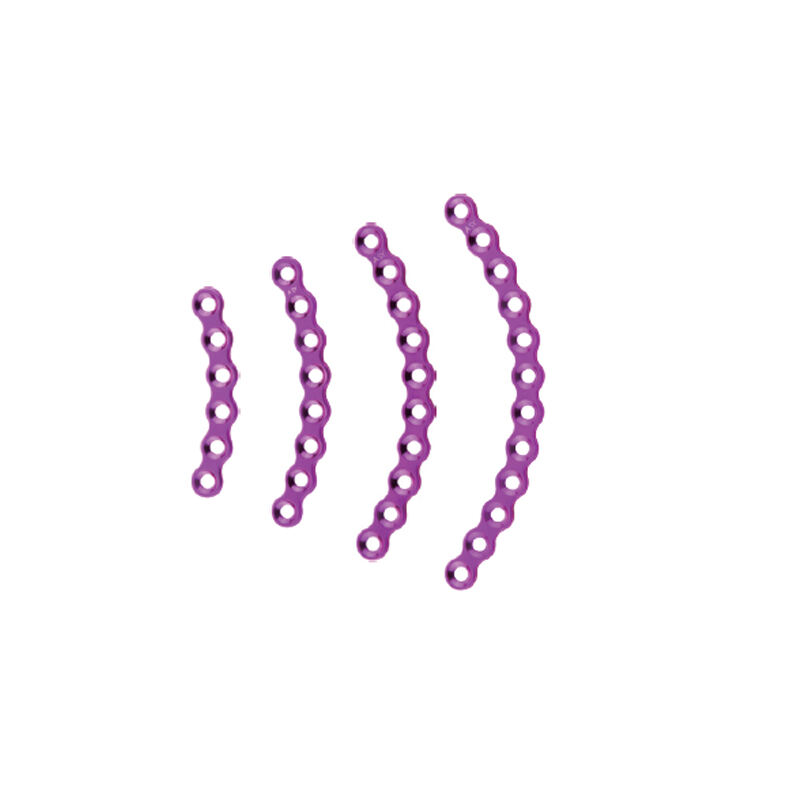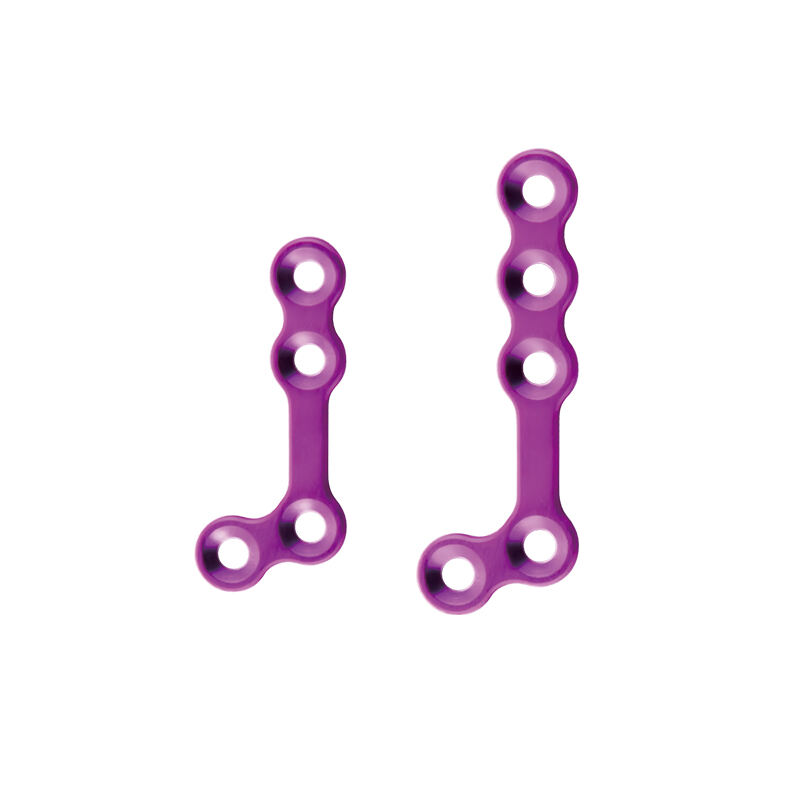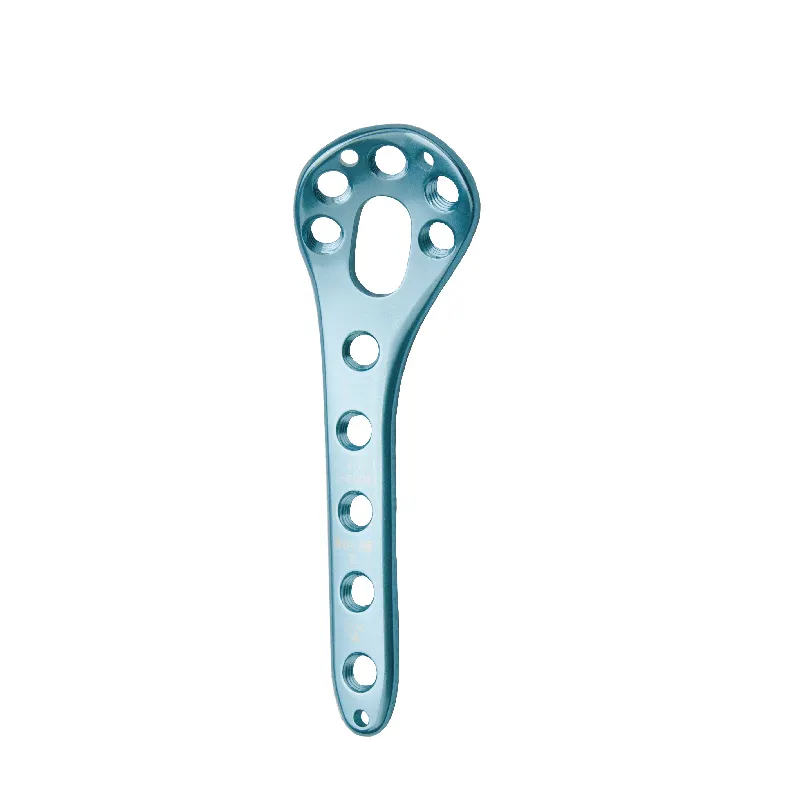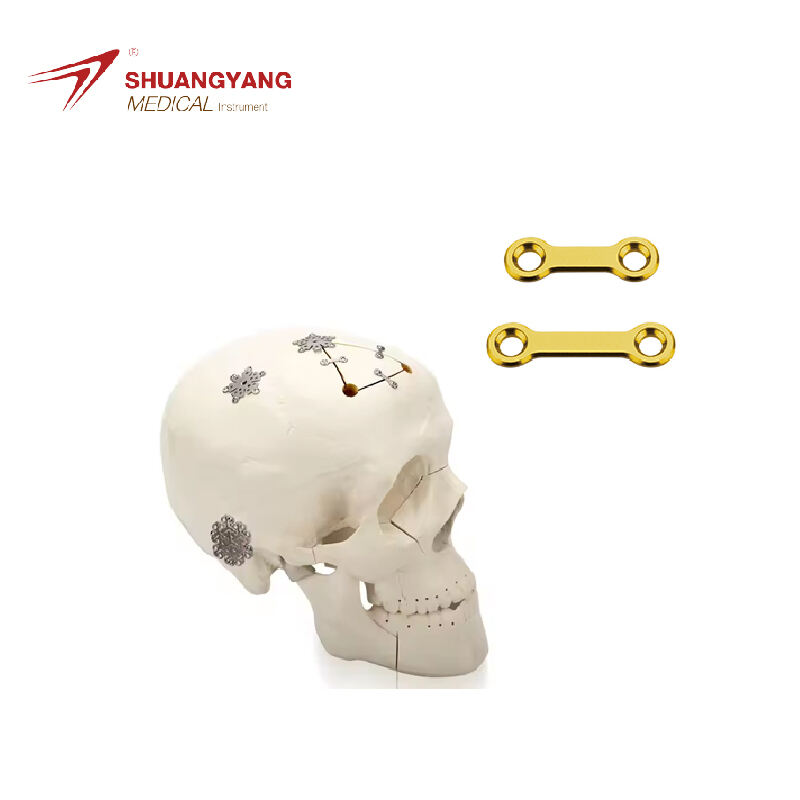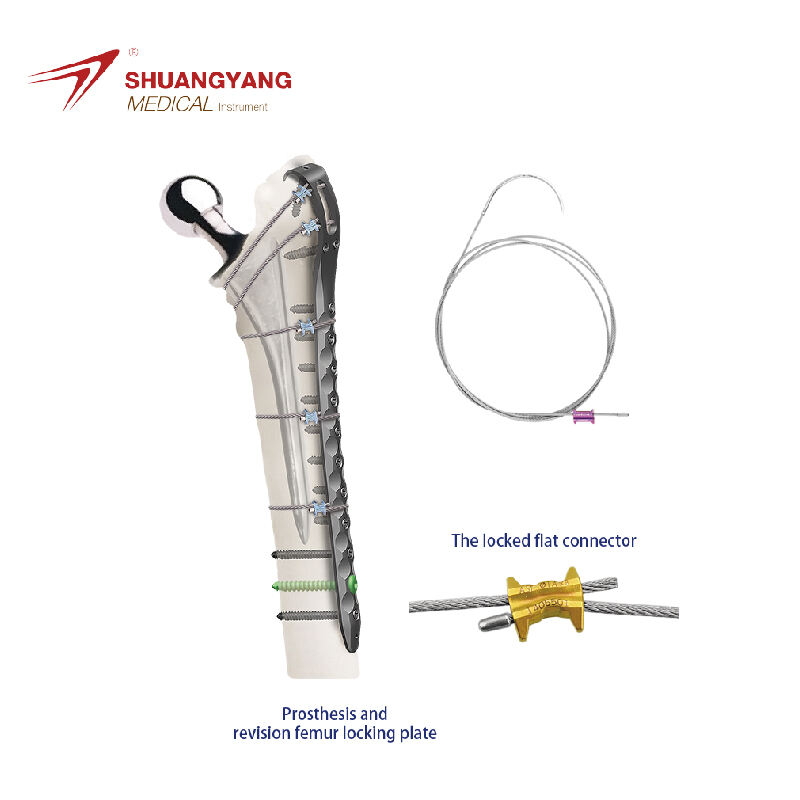flexible nail femur
The flexible nail femur is a state-of-the-art medical device designed to provide internal stabilization for fractures of the femur, or thigh bone. Its main functions include supporting the bone as it heals, reducing pain, and restoring mobility. Technological features of the flexible nail femur include a high-grade stainless steel construction, which allows for flexibility and adaptive fitting within the bone canal. This design minimizes the risk of damage to the growth plates in children and offers a less invasive treatment option compared to traditional methods. The applications of the flexible nail femur are extensive, from high-impact trauma injuries in athletes to osteoporotic fractures in the elderly, making it a versatile solution for a variety of femur fractures.
 EN
EN
 FR
FR
 ES
ES
 AR
AR
